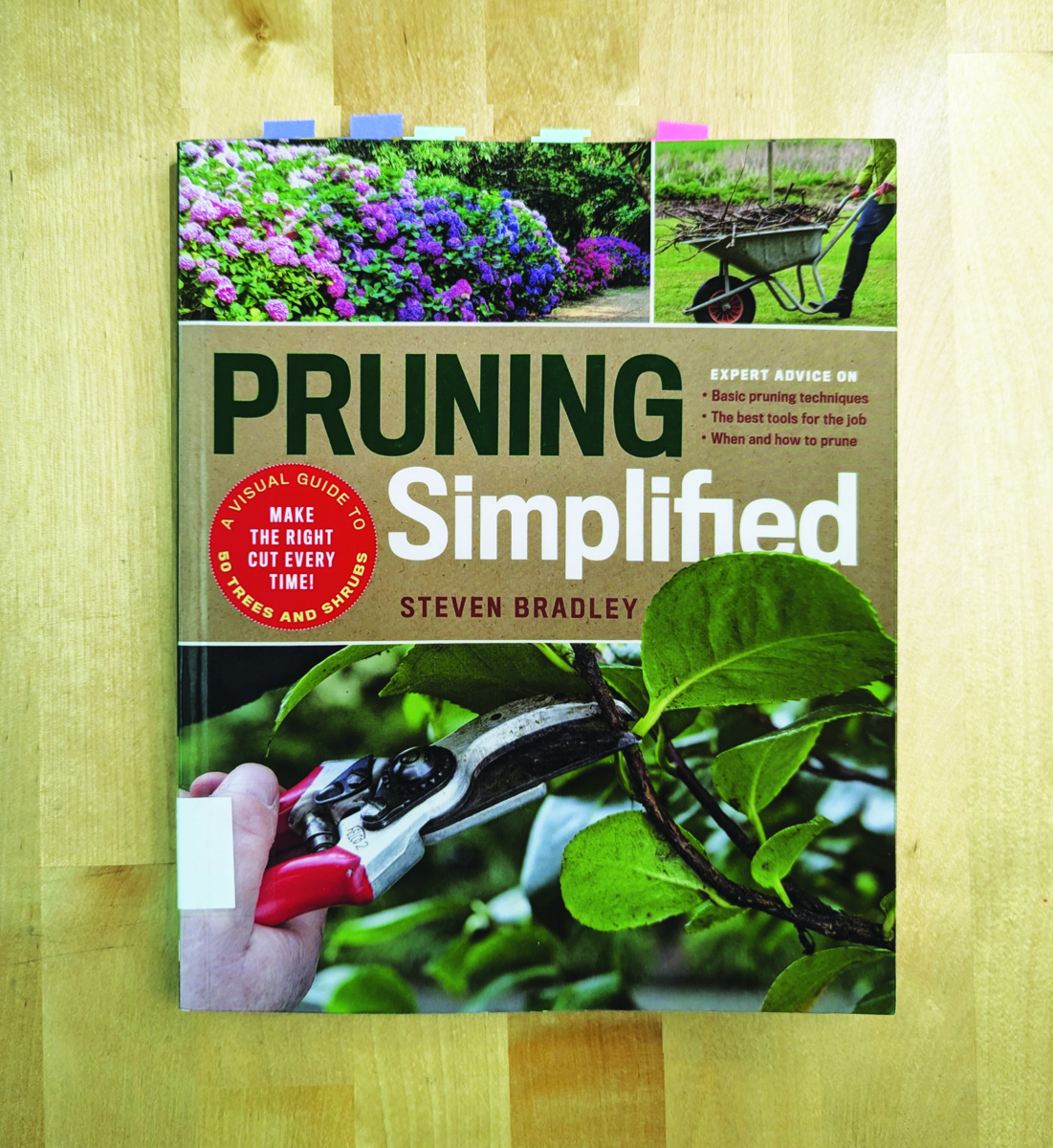
If you dwarfed flowering raspberry (Rubus odoratus, Zones 3–7) and sent it to finishing school, Japanese wood poppy would be the result. Birders will note that Glaucidium is also the name of a genus of owls, and gardeners may, ahem, hoot and flap when they see Japanese wood poppy in full bloom. This debutant may need a year or two to refine before flowering, but when it does, the coming-out party is a show of violet sepals. (White varieties are also available.) Naturally, it will wilt in the heat and will require shade and regular water. —Justin Nichols, Fine Gardening #147 (October 2012), page 70
Noteworthy CharacteristicsSilky and pastel-colored blossoms in shade.
CareKeep Japanese wood poppy properly hydrated, and you can enjoy its brilliant color in the shade.
ProblemsSuffers in heat.
Fine Gardening Recommended Products

The Nature of Oaks: The Rich Ecology of Our Most Essential Native Trees
Fine Gardening receives a commission for items purchased through links on this site, including Amazon Associates and other affiliate advertising programs.

Planting in a Post-Wild World: Designing Plant Communities for Resilient Landscapes
Fine Gardening receives a commission for items purchased through links on this site, including Amazon Associates and other affiliate advertising programs.

Pruning Simplified: A Step-by-Step Guide to 50 Popular Trees and Shrubs
Fine Gardening receives a commission for items purchased through links on this site, including Amazon Associates and other affiliate advertising programs.
- Plant Height : 1 to 3 feet
- Plant Width : 1 to 3 feet
- Zones : 3, 4, 5, 6, 7, 8
- Bloom Time : Early Spring, Spring
- Maintenance : Low
- Moisture : Medium Moisture
- Growth Rate : Moderate
- Light : Partial Shade
- Plant Type : Perennials
- Flower Color : Pink, White
- Uses : Shade
Plant Characteristics are only available to Fine Gardening members
Sign up for a free trial and get instant access to our complete plant guide as well as our entire collection of articles and videos.



























